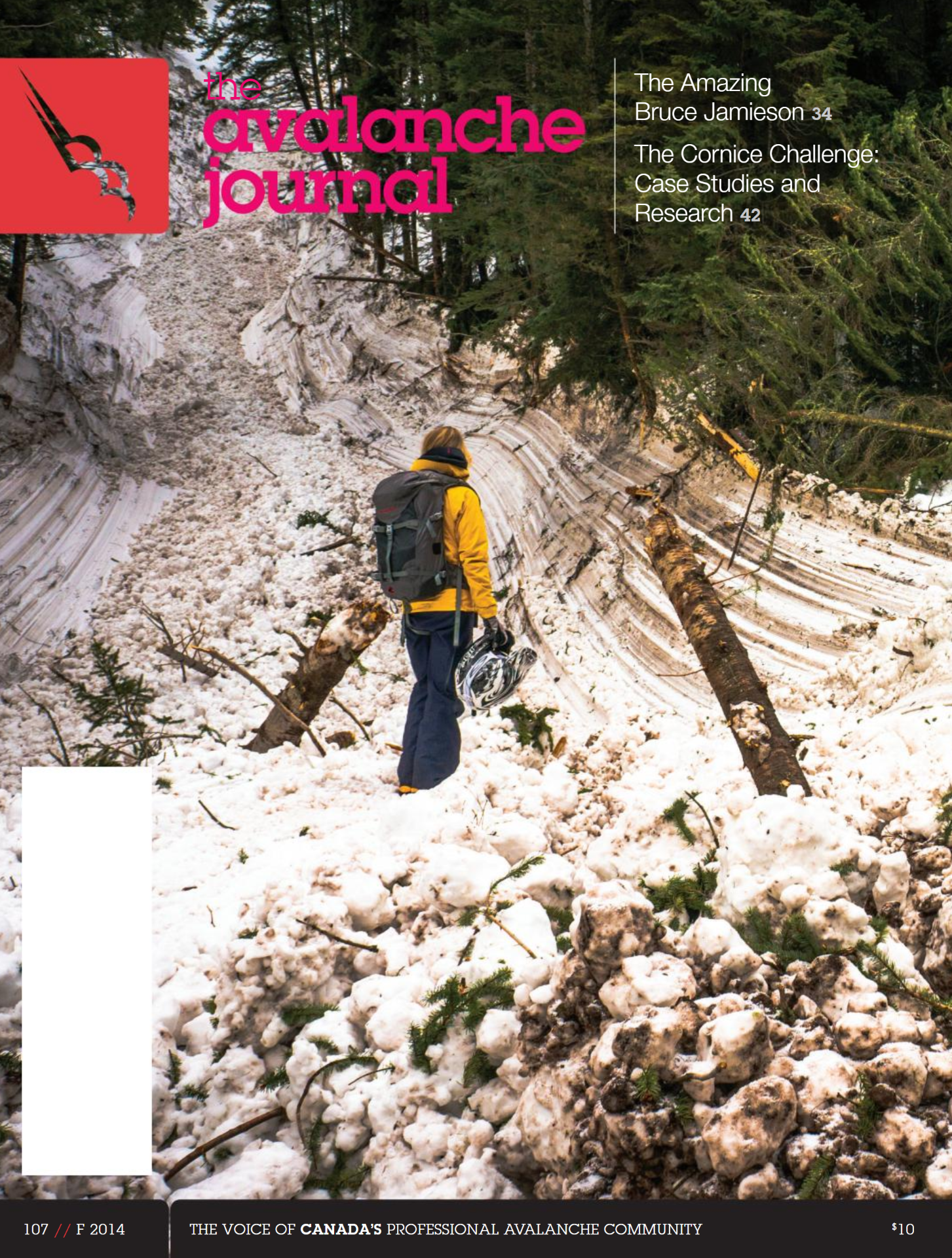An up-to-date perspective on the effectiveness of avalanche airbags
Over the last five years, the use of avalanche airbags has increased dramatically, both among professional guides and amateur recreationists. While there were only a couple of different airbag types on the market ten years ago, backcountry enthusiasts can now choose from a wide range of models produced by at least four different manufacturers. In additional, a few new manufacturers are pushing into the growing market with their own innovative designs.
Avalanche airbags have a tremendous potential to save lives, since they are the only avalanche safety device that can directly prevent or reduce the severity of avalanche burial—the root cause of the majority of avalanche deaths. As a consequence, some avalanche warning centres now recommend airbags as a useful complement to the traditional avalanche safety tool kit of transceiver, probe and shovel. Whereas the underlying mechanism for the effect of avalanche airbags1 has been validated conclusively using mathematical models and field tests, the precise effect of airbags on avalanche mortality is still being debated. While manufactures like to present airbags as the ultimate avalanche safety device (e.g., “97% survival”, “8x safer!”), prominent avalanche educators try to warn against this “silver bullet” marketing by highlighting that the number of lives saved per 100 fatalities might only be in the single digits. Since both sides claim their analyses are based on solid data and rigorous statistics, it is difficult for the layperson to determine what’s right and what’s wrong. However, an accurate and easily understandable presentation
of the true effect of airbags on avalanche mortality is important. According to a study by Christie (2012) from Backcountry Access, survival statistics are the most important reason for airbag purchases among their customers. A number of independent statistical evaluations have assessed the effectiveness of airbags, the most prominent of them is the analysis by Brugger et al. (2007). However, due to the small number of incident records involving airbags available at the time, the analysis has limitations and the results should be interpreted cautiously. More recently, Shefftz (2012) compared the available ABS airbag involvement data to various avalanche accident datasets to estimate the range of impact airbags might have on avalanche survival. However, this type of comparison also has challenges that limit the resulting conclusions.
The goal of this article is to provide an up-to-date perspective on the effectiveness of airbags based on a detailed study we recently published in the journal Resuscitation (Haegeli et al., 2014). In addition to simply presenting the results of the study, we also want to take this opportunity to describe the challenges that evaluations of avalanche safety equipment face in detail. We hope that this information will help backcountry recreationists to assess marketing claims more critically and make better informed choices when deciding whether to add an airbag to their avalanche safety kit or not.
Click here to access our Avalanche Journal article. You can access the entire issue of the Avalanche Journal of the Canadian Avalanche Association at https://issuu.com/theavalanchejournal/docs/the_avalanche_journal_volume_107.
Click here to access our full research article on the same topic.

